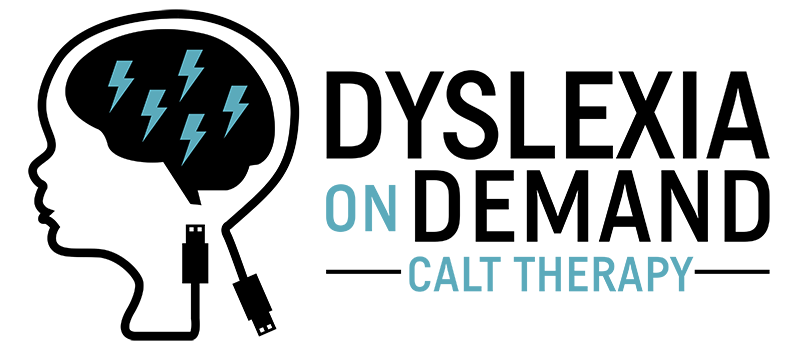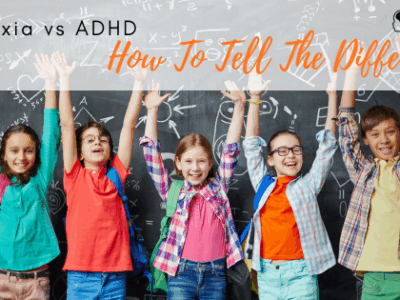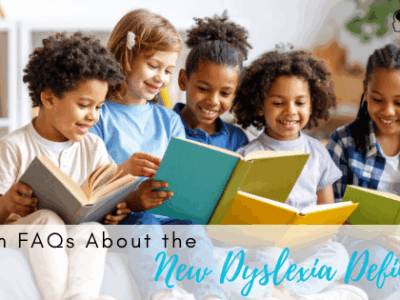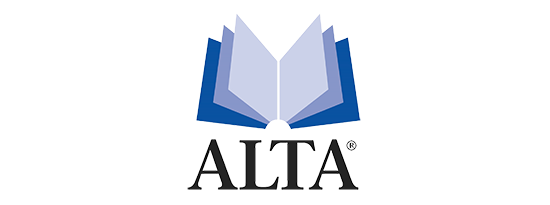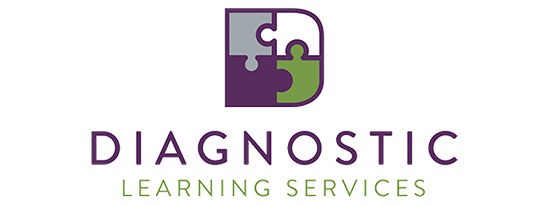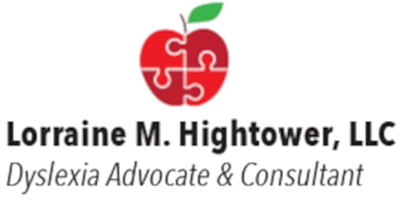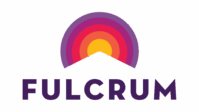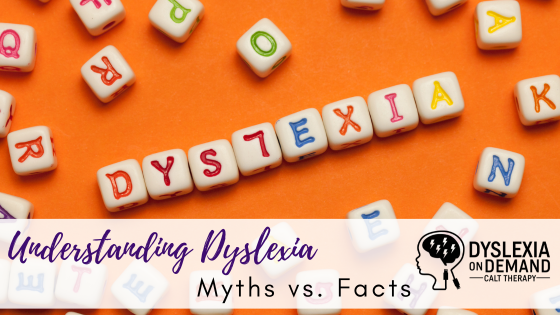
Understanding Dyslexia: Myths vs. Facts
Executive Summary:
There are many misconceptions about dyslexia, but understanding the facts is the first step toward finding the right support. By learning what dyslexia truly is—and what it isn’t—families can help students build confidence, access effective therapy, and thrive in school and beyond.
If your family is facing a new dyslexia diagnosis, chances are, you’re also faced with an overwhelming amount of new information about this learning disability. The internet is both a blessing and a curse in this regard. There are many reputable organizations that offer solid research and facts, but there are also plenty of persistent myths that continue to be spread about dyslexia. These myths can lead to a misunderstanding of dyslexia and can even prevent some people with dyslexia from receiving effective support. Knowing the facts is the best way you can arm yourself as parents who are aiming to support their student. Read on to learn more about understanding dyslexia: myths vs. facts.
Myth #1: Dyslexia is due to a lack of intelligence.
Dyslexia can occur at all levels of intelligence. In fact, there are many notably intelligent figures throughout history—scientists, authors, artists, actors, and entrepreneurs—who have had dyslexia. This specific learning disability is not due to a lack of intellectual capacity; rather, dyslexia is rooted in a neurobiological difference in how brains process language—not intelligence.
Myth #2: Dyslexia is due to laziness.
This can be a terribly damaging myth for people with dyslexia. It is essential to understand that dyslexia does not stem from a lack of effort. In fact, students with dyslexia often put more effort into work than their peers. Because of the way their brains are wired, they have to work harder.
Myth #3: Dyslexia is a visual problem.
It is not our eyes that allow us to see; our brains are responsible for processing the images and things that our eyes perceive. That said, dyslexia doesn’t have to do with a vision problem; it is a language-based learning difference. It does not originate with eyesight; it is a language-based processing difference. A dyslexic student’s brain doesn’t have the ability to process sounds as a typical brain does. Solutions for dyslexia that center on vision are often misguided, but an approach like dyslexia therapy at Dyslexia on Demand can help.
Myth #4: Dyslexia can’t be diagnosed until about 3rd grade.
It is common for reading difficulties to emerge in later grades. However, the signs of dyslexia can appear earlier than 3rd grade. Things like trouble with rhyming, difficulty learning the alphabet, delayed speech, and a family history of dyslexia can all be early signs of dyslexia. Getting a professional diagnosis is key, and it can lead families to get the best interventions and positive outcomes. At Dyslexia on Demand, we work with children anywhere from age 5 all the way through adulthood. Early intervention is critical.
Myth #5: Kids can outgrow dyslexia.
Because it is a neurobiological condition, there is not a cure for dyslexia. However, implementing the right interventions—like the multisensory, structured, research-based methodologies at Dyslexia on Demand—can help students overcome the language processing challenge by rewiring their brains for long term success. Many people can learn to manage dyslexia effectively and excel.
Myth #6: A lack of reading at home or poor teaching can cause dyslexia.
Dyslexia is not caused by poor phonics instruction or a lack of exposure to books. Reading with and to your child is always encouraged, but dyslexia is hardwired in the brain; it cannot be prevented or caused by the way a child is taught or read to. There are specific, evidence-based methods of dyslexia therapy that can support dyslexic students who are learning to read.
Myth #7: Tools like colored overlays and special fonts can help.
Because language processing is the root of the dyslexia issue, colored overlays and specific fonts are not helpful for students with dyslexia. It is more important to address the phonological processing issues with effective interventions that are systematic and explicit like those offered at Dyslexia on Demand.
Myth #8: Dyslexia involves flipping letters or words backwards.
What we know as “mirror writing” can be common in students who are just learning to read. However, not all students with dyslexia write or read words or letters backwards. This is a common misconception, but dyslexia is much more than this.
Being aware of common myths about dyslexia is key to creating a more accurate understanding of dyslexia. What is most important for students with dyslexia is finding the right support. At Dyslexia on Demand, we deliver individualized, one-on-one dyslexia therapy. This helps us to tailor sessions to the specific needs of each student as we follow a tried and true therapeutic program. Leading each of these one-on-one sessions are CALTs—certified academic language therapists, highly trained experts who work to implement diagnostic and prescriptive instruction. It is so important to incorporate the social-emotional facets of students with dyslexia, and we do that by helping students to understand their differences and advocate for themselves as they learn and grow.
Dyslexia can be a misunderstood learning difference, but understanding dyslexia can be so empowering. We aim to educate parents and students about what it means to be dyslexic. Discover more about Dyslexia on Demand at our website, or reach out to book a free consultation.
FAQs
1. What actually causes dyslexia?
Dyslexia is a neurobiological, language-based learning difference—not the result of poor teaching, low intelligence, or lack of effort. It affects how the brain processes sounds and connects them to written language.
2. Can dyslexia be cured or outgrown?
No, dyslexia is lifelong. However, with the right interventions—such as structured, multisensory therapy like the Orton-Gillingham approach—students can strengthen reading and writing skills and learn effective coping strategies.
3. What’s the best way to support a child with dyslexia?
Early diagnosis and evidence-based therapy are key. At Dyslexia on Demand, Certified Academic Language Therapists (CALTs) provide personalized, one-on-one sessions that build literacy skills, confidence, and self-advocacy.
References
International Dyslexia Association. (2017). Definition of dyslexia. International Dyslexia Association. https://dyslexiaida.org/definition-of-dyslexia/
Shaywitz, S. E., & Shaywitz, B. A. (2005). Dyslexia (specific reading disability). Biological Psychiatry, 57(11), 1301–1309. https://doi.org/10.1016/j.biopsych.2005.01.043
Gaab, N. (2017). It’s a myth that young children can’t be screened for dyslexia! International Dyslexia Association. https://dyslexiaida.org/its-a-myth-that-young-children-cant-be-screened-for-dyslexia/
Snowling, M. J., & Hulme, C. (2012). Interventions for children’s language and literacy difficulties. International Journal of Language & Communication Disorders, 47(1), 27–34. https://doi.org/10.1111/j.1460-6984.2011.00081.x
Seidenberg, M. (2017). Language at the speed of sight: How we read, why so many can’t, and what can be done about it. Basic Books.
Elliott, J. G., & Grigorenko, E. L. (2014). The dyslexia debate. Cambridge University Press.
National Center on Improving Literacy. (2020). Dyslexia: What families need to know. University of Oregon. https://improvingliteracy.org/fact-sheet/dyslexia-what-families-need-know
